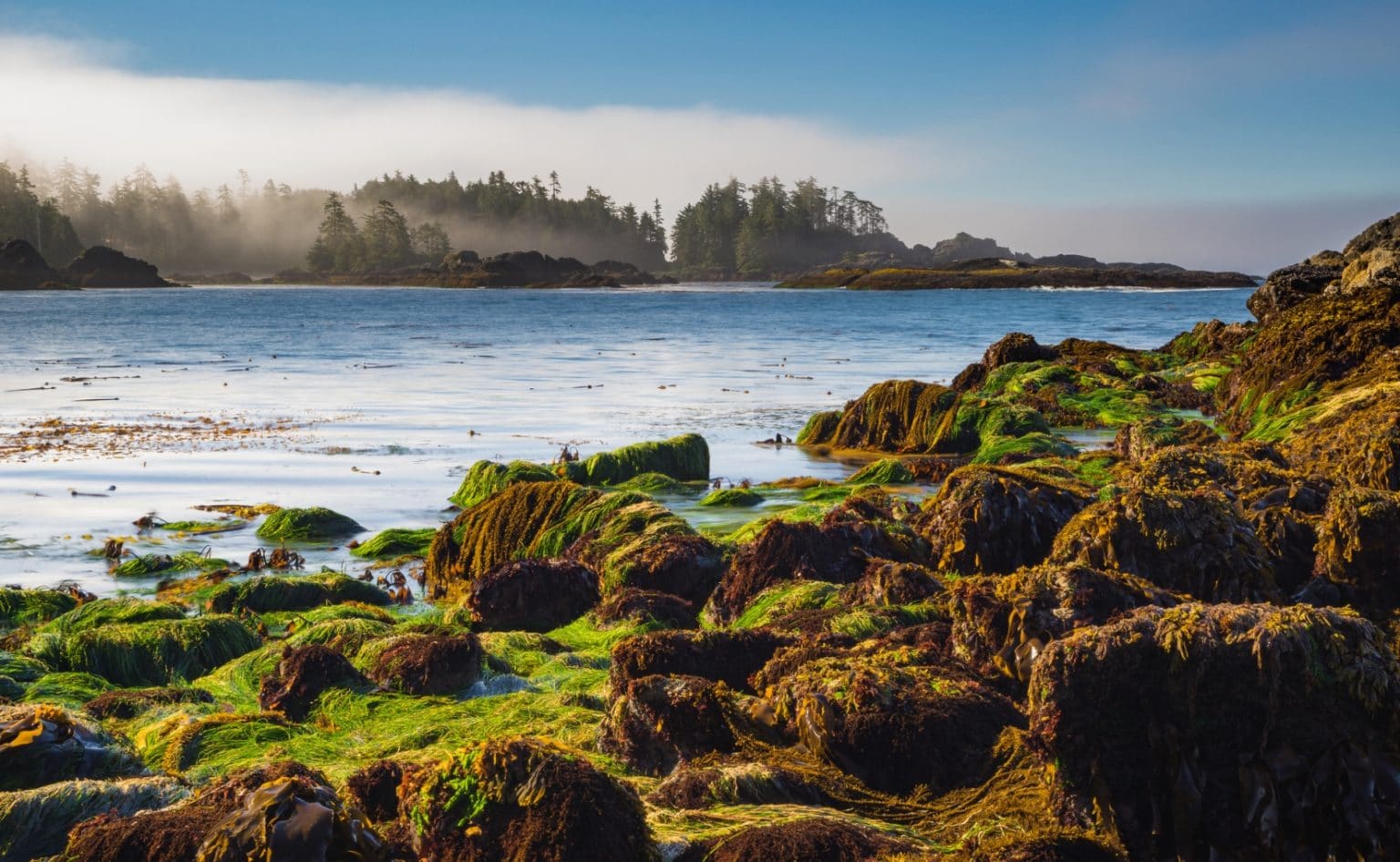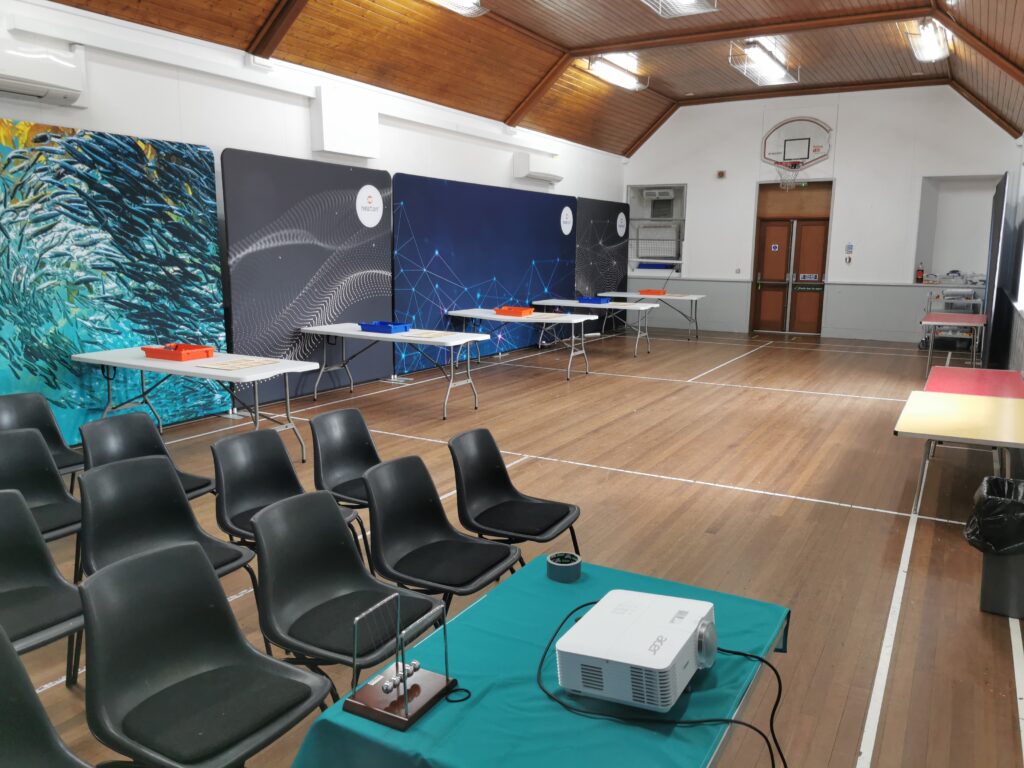The Pacific coast of North America is becoming more acidic as human-produced carbon dioxide emissions dissolve into the water and communities from B.C. to California must take action now to offset changes that are already affecting West Coast marine life, say leading ocean scientists.
The panel of 20 scientists from B.C., California, Oregon and Washington have spent three years studying changes in ocean chemistry along the West Coast and a report released Monday says regional strategies are urgently needed to combat changes that are coming and, where possible, reduce the impacts.
“Ocean acidification is a global problem that is having a disproportionate impact on productive West Coast ecosystems,” Francis Chan, an Oregon State University marine ecologist, said. Chan is the co-chair of the West Coast Ocean Acidification and Hypoxia Science panel.
“There has been an attitude that there is not much we can do about this locally, but that just isn’t true. A lot of the solutions will come locally and through coordinated regional efforts,” he said.
Some mitigation measure could be low-tech, such as using kelp beds and eel grass to remove carbon dioxide from seawater and each area should develop new benchmarks, monitoring stations and rules to protect vulnerable areas, says the report.
“We want to grow the number of tools in our tool box. Right now there are not a lot of tools,” Chan said in an interview with DeSmog Canada.
Ocean acidification and the twin demon of hypoxia — low-oxygen water — came to public consciousness on the West Coast about 10 years ago, when the oyster industry in Washington and Oregon, and several years later in B.C, found that seawater was so acidic that it dissolved the shells of baby oysters.
One strategy, used in Oregon, was to measure ocean chemistry throughout the day and it was found that, if hatcheries took in seawater during the afternoon, when CO2 levels were lower, juvenile oysters could survive.
More such studies of specific areas are needed and scientific buoys and gliders should help inform policy makers about the best place to focus their adaptation and mitigation strategies, the report says.
“We’re just starting to see the impacts now and we need to accelerate what we know about how increasingly acidified water will impact our ecosystem,” panel member Waldo Wakefield, a research biologist with NOAA Fisheries, said.
It is estimated that 30 to 40 per cent of carbon dioxide from human activity dissolves into oceans, rivers and lakes, forming carbonic acid. Over the last 250 years, ocean acidity on surface water has increased by 30 per cent and it’s expected to increase by up to 150 per cent by the end of the century.
The West Coast is a hotspot for acidification because of coastal upwelling, which brings nutrient-rich, low oxygen and high carbon dioxide water from deep in the water column to the surface. That can trigger phytoplankton blooms that die and sink to the bottom, producing more carbon dioxide and further lowering the oxygen.
Now, with politicians and scientists working together on the problem, there is hope that more steps can be taken to lessen the impact, Chan said.
“We can breed more resilient oysters that can do better in the ocean that we are expecting,” he said, pointing out that a varied gene pool and different ages of fish are needed so the right genes can be passed on to the next generation.
Panel member Jack Barth, associate dean at Oregon State University’s College of Earth, Ocean and Atmospheric Sciences, wants all West Coast residents to educate themselves about the effect emissions are having on the ocean.
“People are just dumbfounded when they find out that we are doing this,” he said.
Municipalities and watershed groups need to figure out the most vulnerable areas and then they can avoid adding more stressors such as organic runoff from the land, Barth said in an interview.
That could mean revamping regulations, he said.
The panel included Tom Pedersen from the University of Victoria, former executive director of the Pacific Institute for Climate Solutions, and Debbie Ianson from Fisheries and Oceans Canada’s Institute of Ocean Sciences in Sidney.
The B.C. input was vital as the province is doing interesting work on ocean acidification in areas such as the Salish Sea, Barth said.
“And they’re doing good work with measurements and modelling. They are taking it very seriously,” he said.
For more information go to http://westcoastoah.org.
Image: Mark Smith/Flickr
Subscribe to our newsletter
Stay up to date with DeSmog news and alerts







